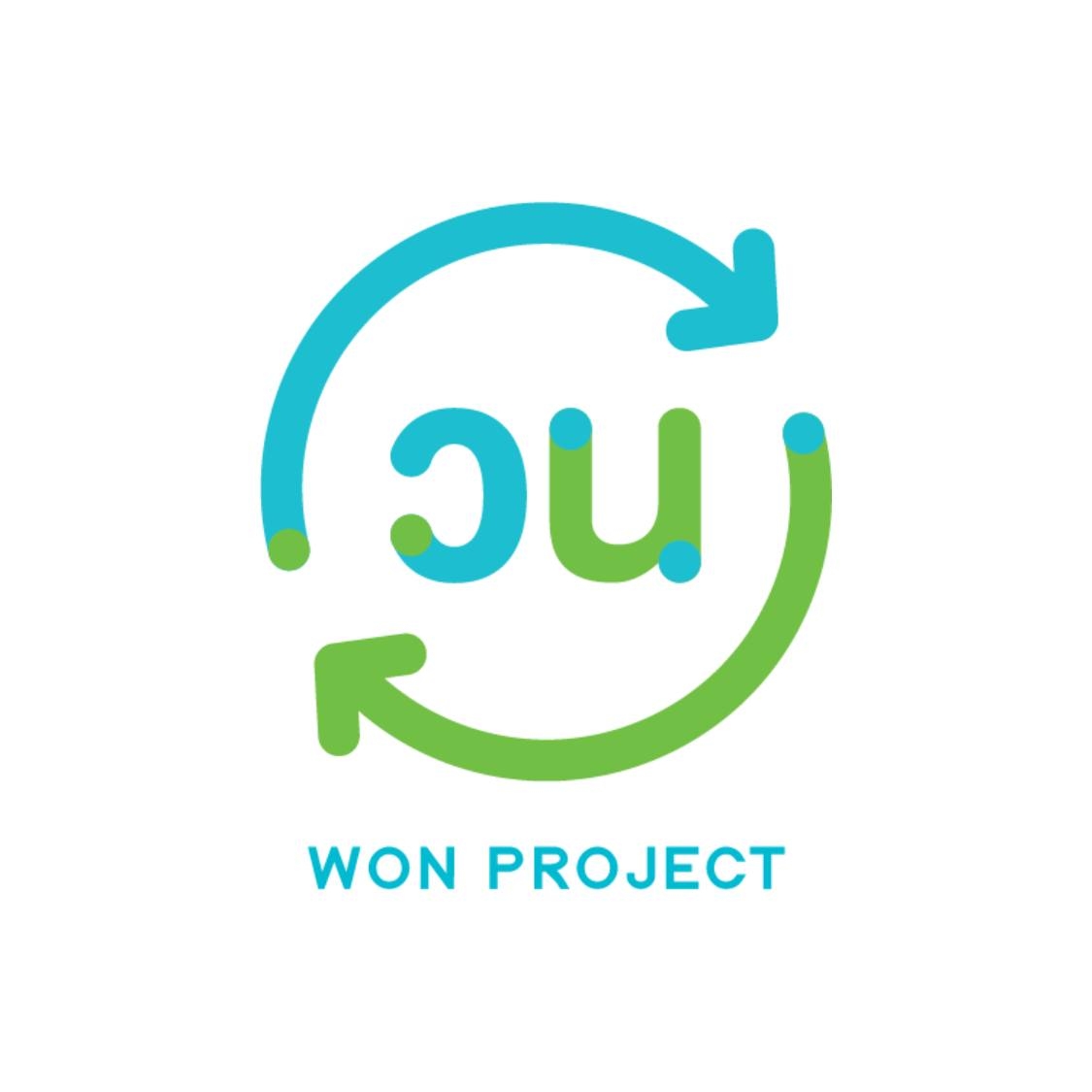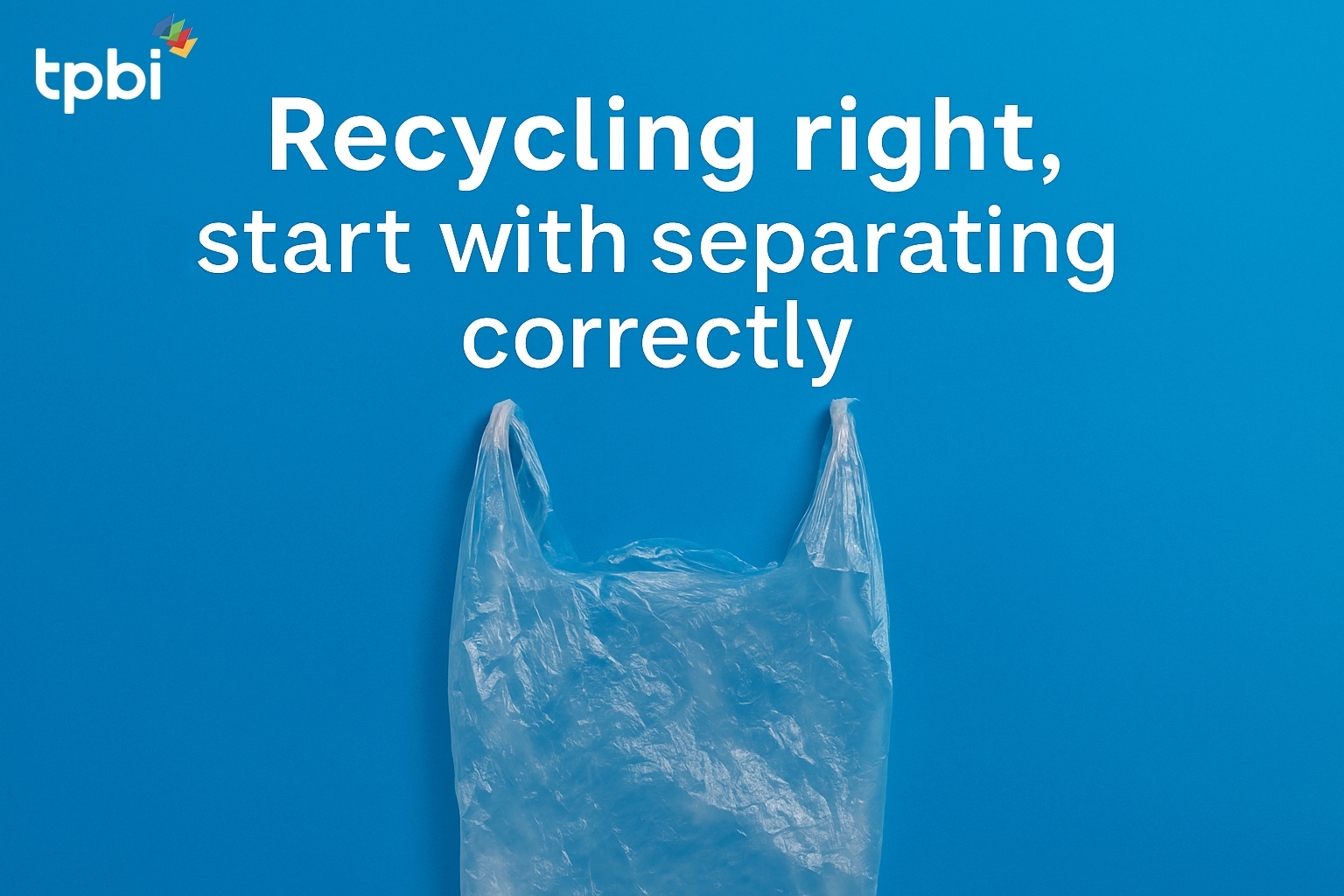
Recycling Done Right: It All Starts with Proper Waste Separation
Plastic waste is no longer a distant issue. It is a challenge that affects us all and one where everyone can take part in the solution. The most crucial first step is proper waste separation, which enables effective recycling and transforms materials once deemed “useless” into valuable resources.
Why Proper Waste Separation Matters
- Maximizes recycling efficiency: Ensures that more materials enter the recycling process.
- Reduces contamination: Prevents damage to recycling machinery caused by mixed or dirty waste.
- Saves energy and costs: Lowers the resources needed to produce recycled raw materials.
- Minimizes environmental impact: Reduces the volume of waste sent to landfills and prevents leakage into ecosystems.
Understanding Plastic Types for Correct Separation
Plastics come in many forms, each with distinct properties and recycling processes. Identifying the recycling code (the number inside the ♻️ triangle symbol) helps ensure proper separation:
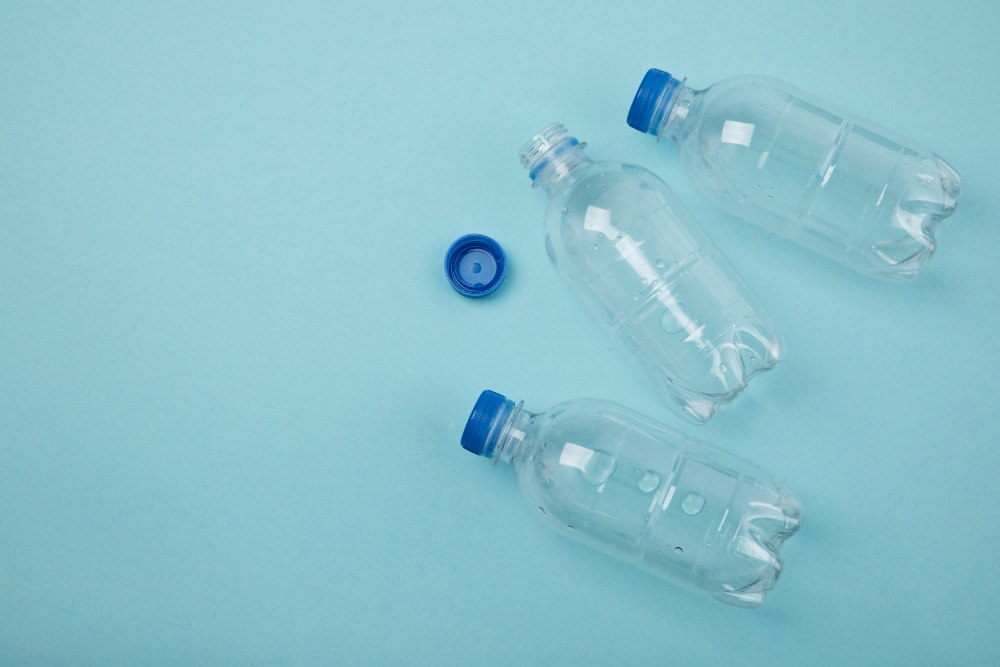
1. PET (Polyethylene Terephthalate) – Type 1
Examples: Drinking water bottles, soft drink bottles, vegetable oil bottles.
- Empty any remaining liquid.
- Clean the bottle thoroughly.
- Compress to save space.
- Remove the cap (usually made from Type 2 or Type 5 plastic).
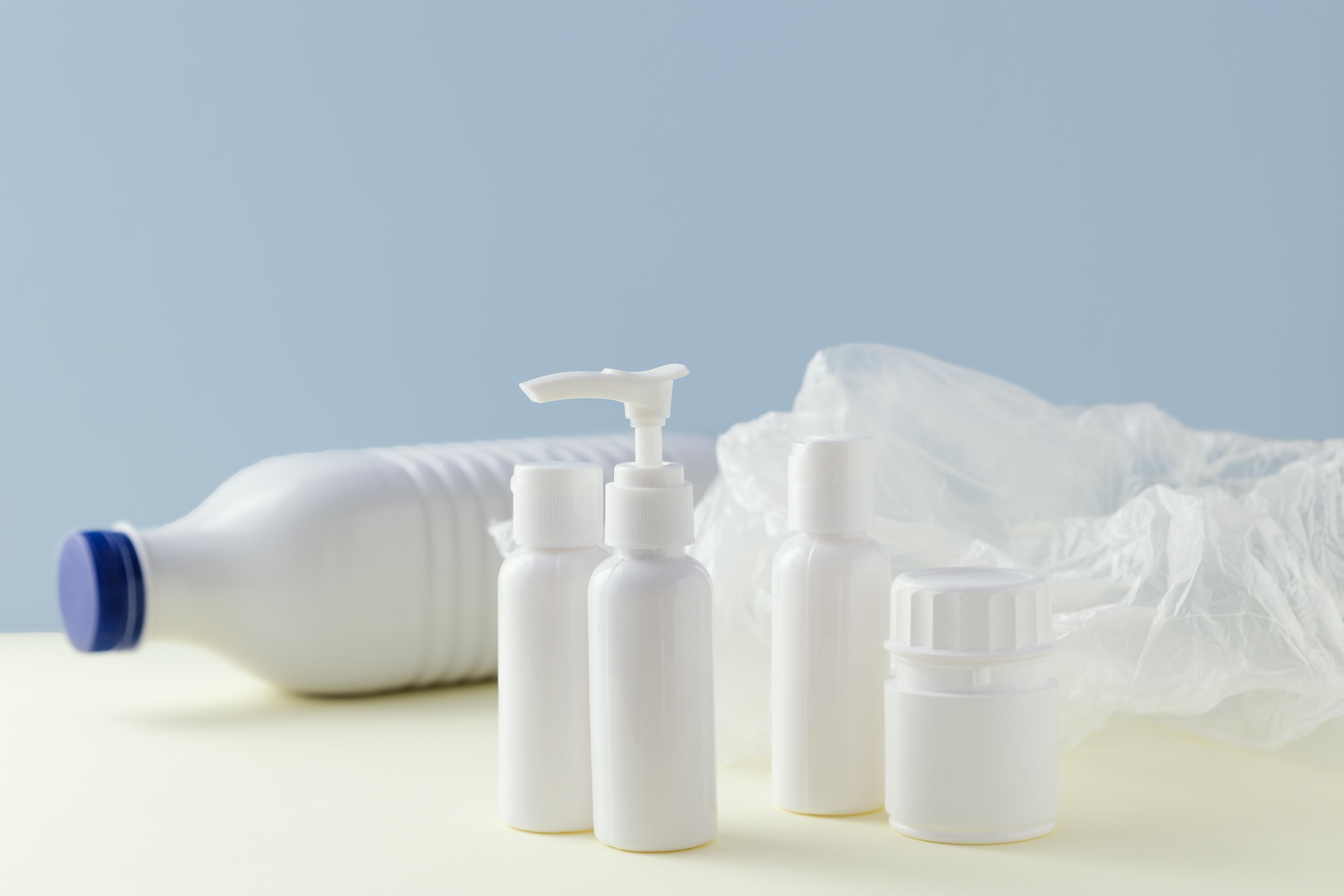
2. HDPE (High-Density Polyethylene) – Type 2
Examples: Milk bottles, shampoo bottles, detergent containers, shopping bags.
- Empty and rinse thoroughly.
- Remove caps and labels where possible.
- Flatten to reduce volume.
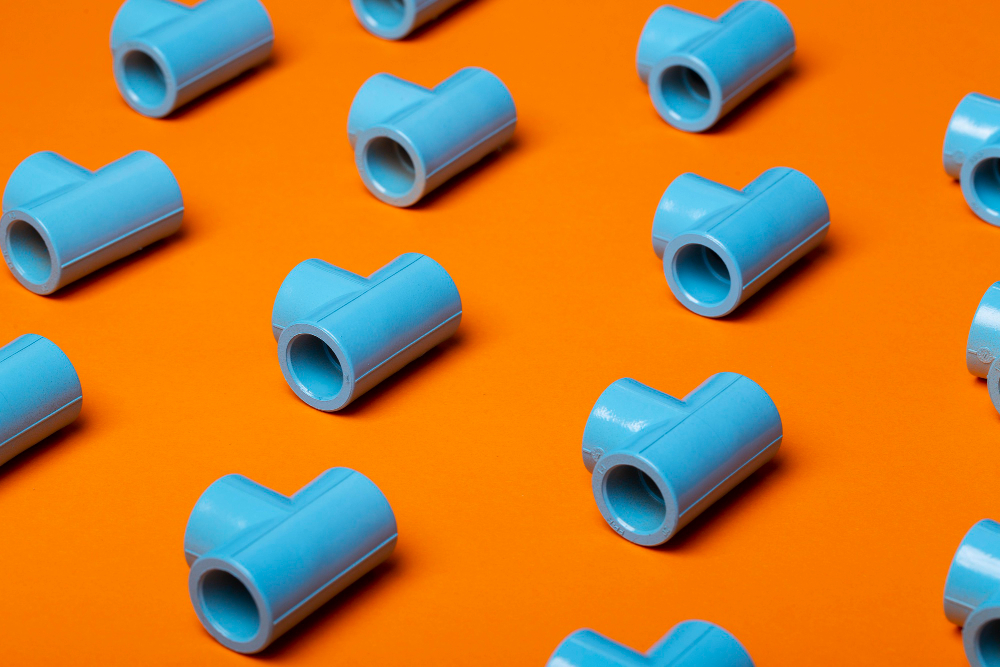
3. PVC (Polyvinyl Chloride) – Type 3
Examples: PVC pipes, food wraps, medical equipment.
- Never burn PVC; it releases toxic substances.
- Dispose of at designated PVC collection points if available.
- Clean before disposal.
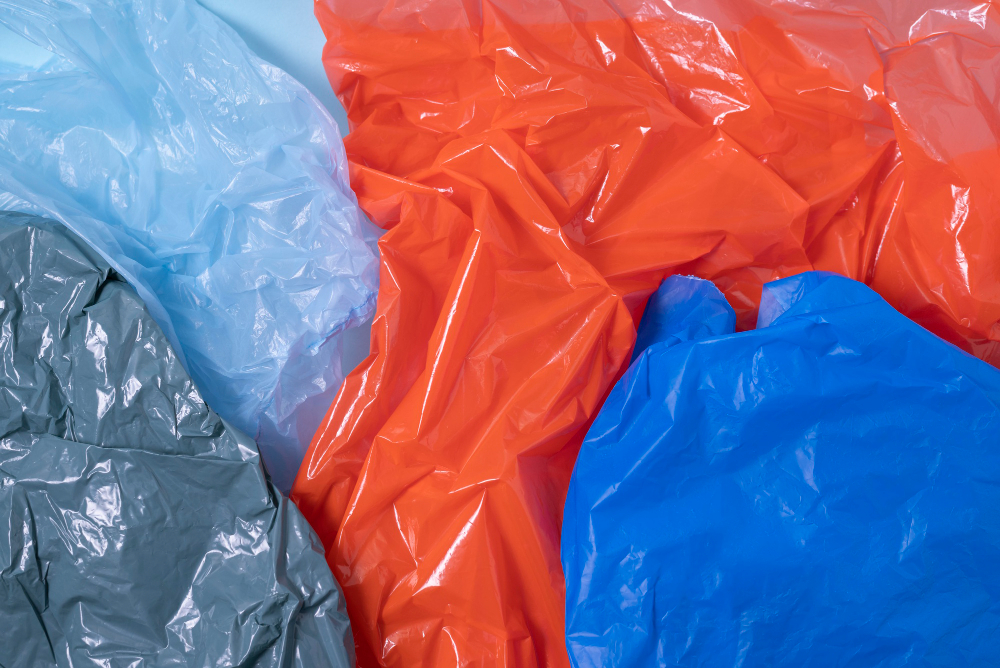
4. LDPE (Low-Density Polyethylene) – Type 4
Examples: Clear plastic bags, snack packaging, stretch film.
- Ensure packaging is clean and free from food residue.
- Dry thoroughly.
- Fold neatly to conserve space.
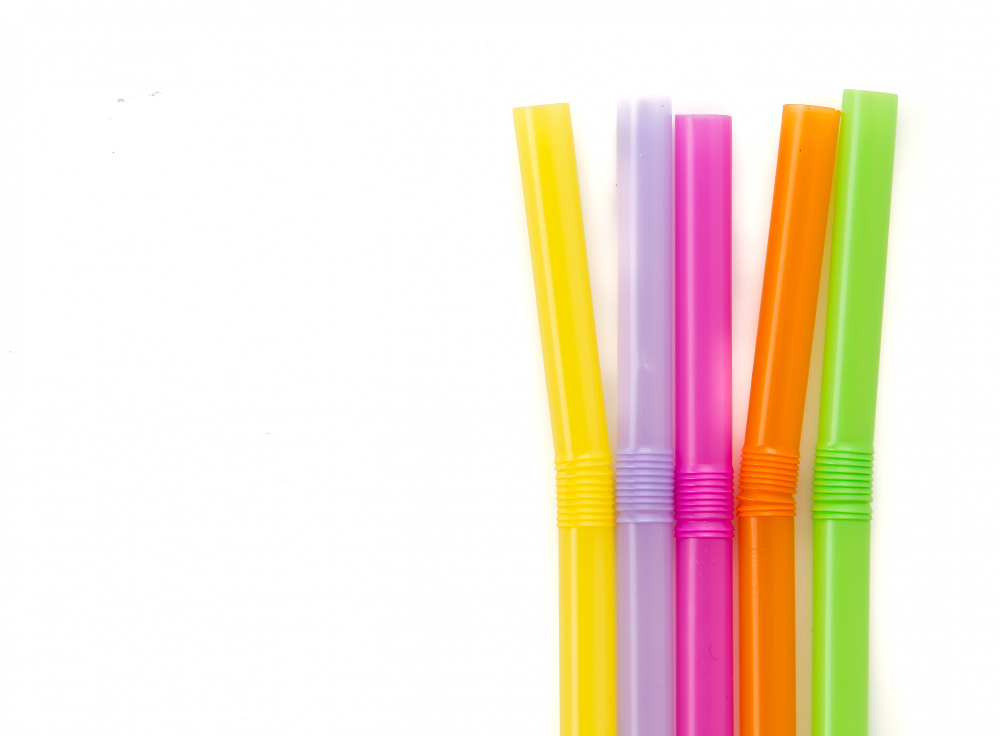
5. PP (Polypropylene) – Type 5
Examples: Food containers, bottle caps, straws, yogurt cups.
- Wash thoroughly.
- Separate mixed materials (e.g., remove foil lids from plastic cups).
- Store together with other PP items.
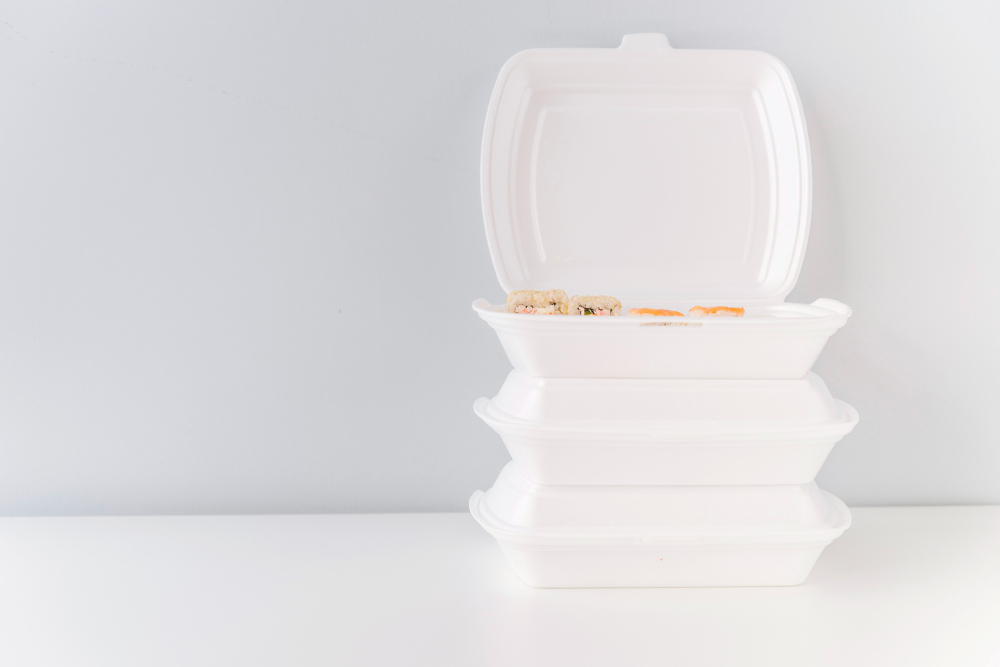
6. PS (Polystyrene) – Type 6
Examples: Foam containers, disposable cups, takeaway food boxes.
- Rinse to remove food stains.
- Dispose of in designated foam recycling bins if available.
- Avoid crushing into small fragments.
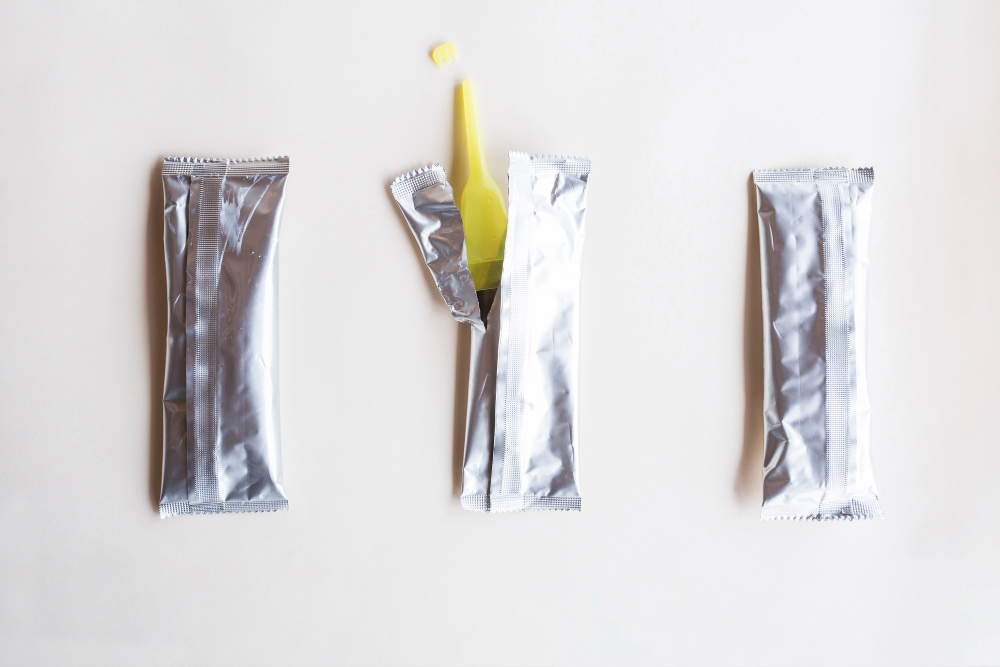
7. OTHER (Mixed or Specialty Plastics) – Type 7
Examples: Bioplastics, acrylic, fiberglass, composite plastics.
- Check local recycling guidelines.
- Wash thoroughly.
- Dispose in general waste if recycling is not available.
TPBI’s Won Project: Closing the Loop on Plastic Waste
TPBI is committed to building a sustainable waste management ecosystem through a Circular Economy approach. Our Won Project collects used stretch plastics from households, businesses, and organizations to ensure proper handling.
At the TPBI Recycling Center, the collected plastic undergoes a comprehensive process—sorting, grinding, washing, drying, and melting—to produce high-quality recycled plastic pellets. These pellets are then used to manufacture new products such as garbage bags, shopping bags, and various packaging solutions.
What was once considered worthless waste is transformed into valuable raw material for the future.
Everyone Plays a Role
Recycling correctly is not complicated, but it requires awareness and attention to detail. By understanding plastic types and applying the right separation practices, we can significantly reduce plastic waste and its environmental impact.
Change starts with each of us. When you separate waste properly, you become part of the solution, helping to create a cleaner, more sustainable world for generations to come.



